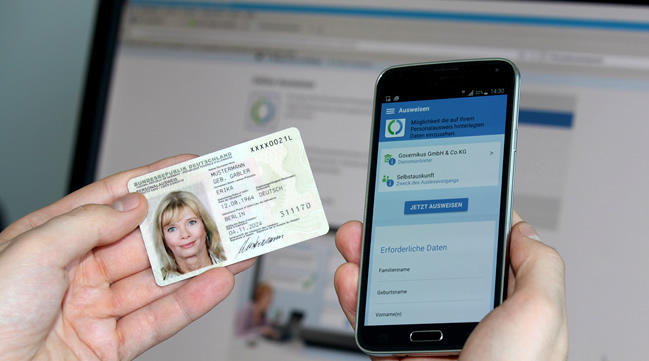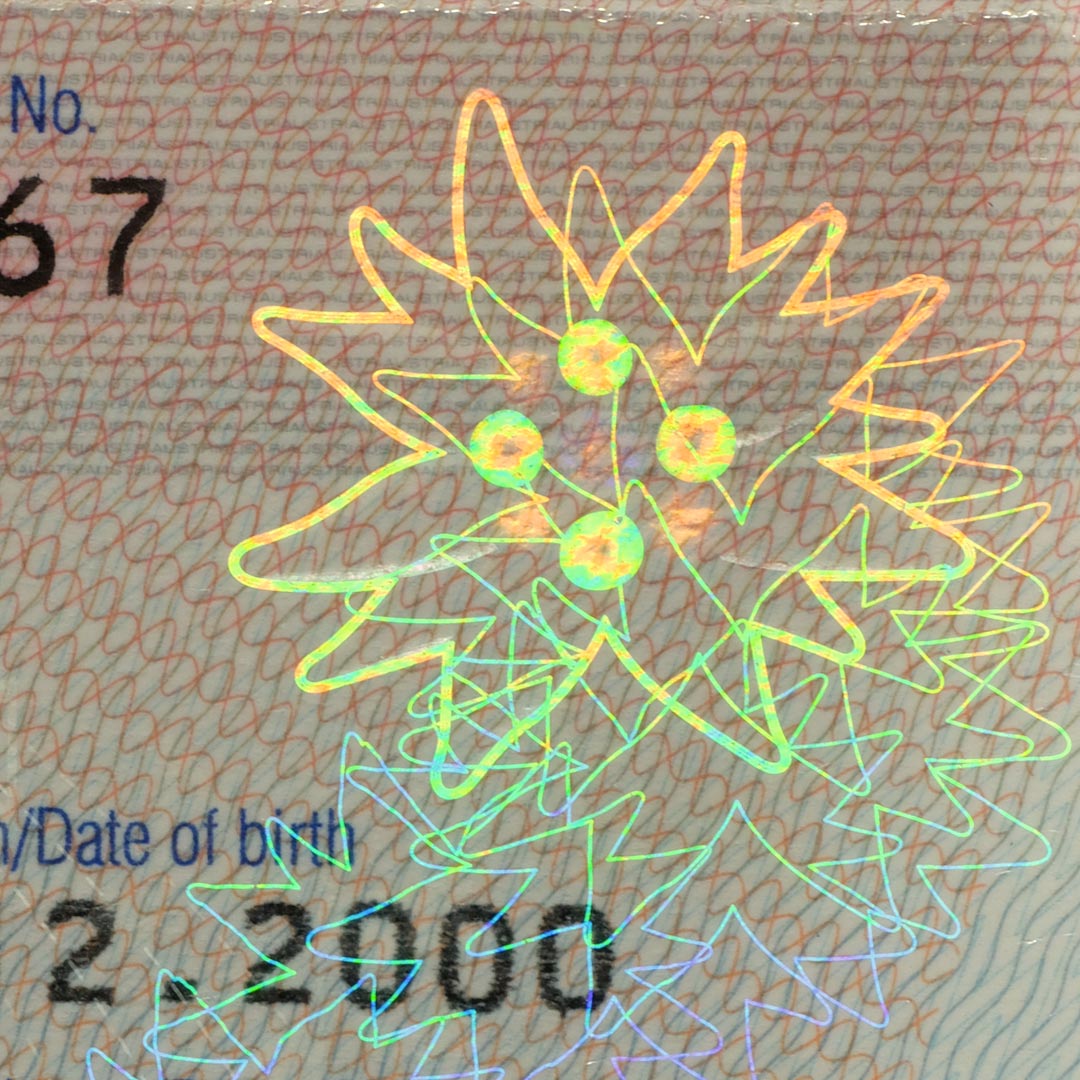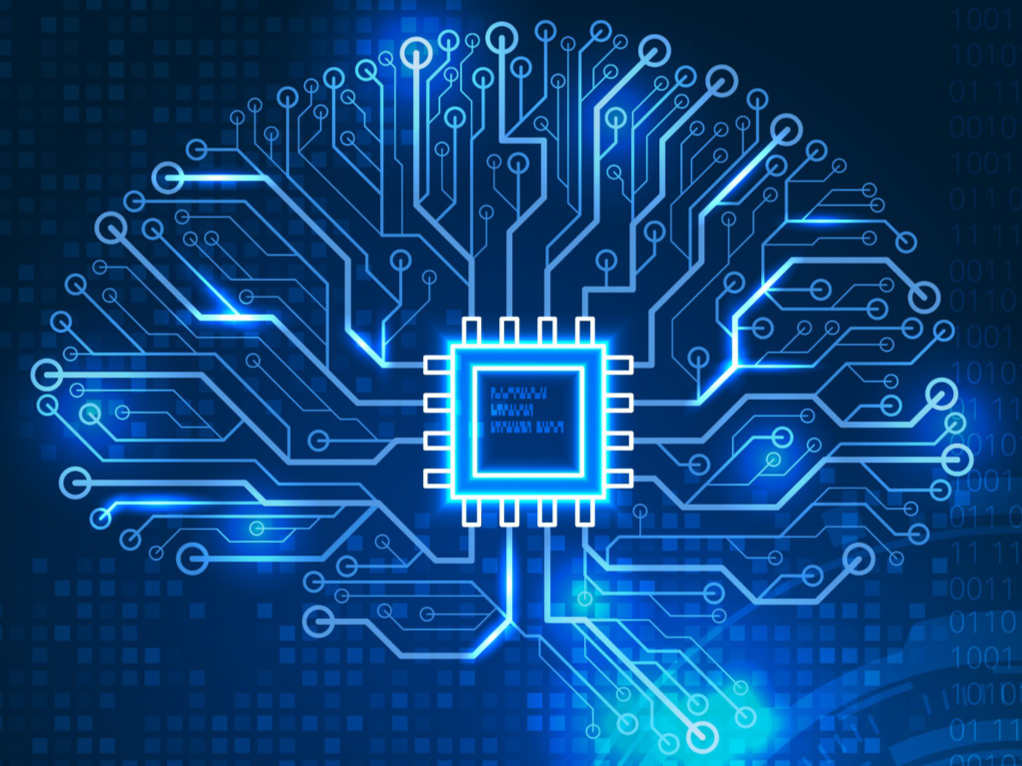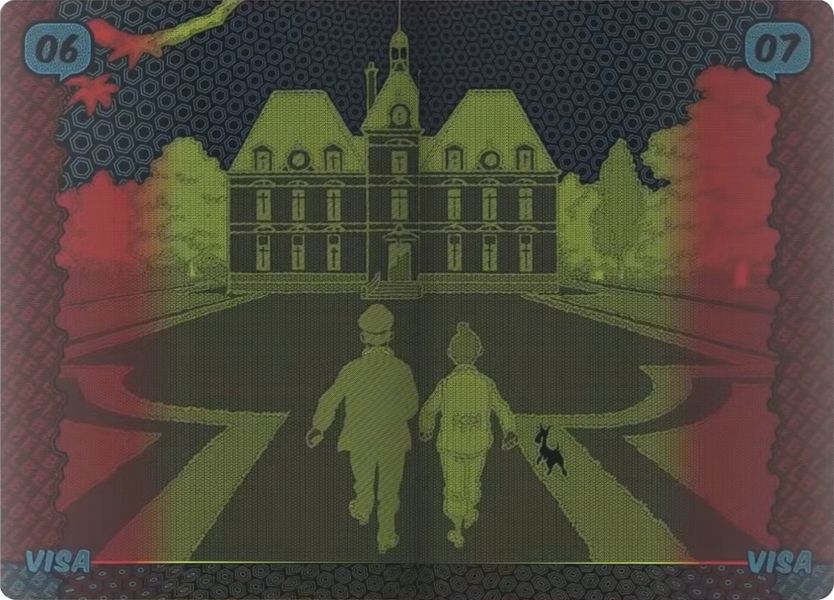
Boosting Online Security: Advanced Government-Issued ID Verification
I have discussed the general idea of Identity Verification. Almost all identity verification scenarios involve the verification of some kind of government-issued ID to establish the true identity and know exactly who we are dealing with in the digital space.
Now, let’s face it: there is no simple and “solve it all” government-issued ID verification in the digital space. The good news is that if you do it right, it can be far more secure and complete than doing it “on-premise” e.g. doing it physically. There are over 200 countries in the world and the types of IDs issued by various governments amount to several thousand. 10-15 years ago, we mostly had local businesses and physical contact with a customer, and this was not really an issue. Clerks of banks or insurance companies knew pretty much the local IDs (in some cases even their owners), what they looked like, and how to spot a fake ID. In the digital “borderless” world, it is an increasingly difficult issue. The human brain is not wired to read security micro-prints, detect small misalignments or slightly altered font types, spot tiny obscure areas where the ID was manipulated, or check the calculated logical value of an MRZ [1] code. However, machine-aided ID Verification complemented with some AI technology can significantly improve your chances of checking an ID over the internet and extracting data automatically.
Remote Verification: Overcoming Challenges
Government-issued IDs have gone through a major improvement thanks to increasing global tourism and business travel. About 10 years ago, standards were issued by ICAO [2] for Machine Readable Travel Documents (MRTDs). This has become widespread worldwide and almost all passports and national IDs are now qualified as fully authorized travel documents and are made according to these standards. This is why you can travel across the European Union using only an ID card. If you are interested, you can access the ICAO standards here and read some more about MRTDs here. Since then, a few companies in the world have specialized in verifying these documents. Naturally, remote verification of these documents is still a tricky thing as these documents are loaded with visible and invisible security features to make forgery very hard. It is a common practice today, that local IDs verified physically are mostly just “glanced at”. If they look ok, then it’s a pass. Fraud cases resulting from fake IDs are on the rise and almost all cases are attributed to a person checking the ID which “seems to be” a valid document. One good study on the topic can be found here.
In almost all cases, some sort of an ID is used to commit these types of crimes as machine-aided remote ID verification is still not a widespread practice. This neglect comes with a cost as billions of dollars are lost to fraudsters annually. A comprehensive machine-aided ID verification could eventually cut these numbers significantly. While a live person would only look at the ID with its human capabilities, machine-aided verification can perform as many as 40 different types of checks including face comparison and recognition during a verification process. Further to this, data extraction becomes much easier and a fully automated procedure can be implemented with a very customer-friendly interface. Though it comes with a cost for every verification made, it significantly reduces the risks as a result of ID fraud both for the business and the customer.
The Marriage of ID Verification and E-Contracting
A robust ID verification process serves as the bedrock for e-contracting scenarios. As global legal frameworks adapt to accommodate remote ID procedures, businesses and individuals can engage in secure digital contracts. The trust established through thorough ID verification facilitates formal contracting without the need for physical presence.
AI’s Role in Revolutionizing Remote ID Verification
Only a handful of companies possess the capabilities to offer remote verification services for government-issued IDs, owing to the considerable time and financial investments required to build and maintain comprehensive ID databases. This is where AI shines, enabling these companies to fine-tune verification protocols and delve deeper into the nuanced security layers of IDs.
The Secure Future of Remote Government-Issued ID Verification
In conclusion, the realm of government-issued ID verification has transitioned from local, physical interactions to the complex landscape of digital transactions. The challenges posed by diverse IDs and sophisticated security measures necessitate technological intervention. Machine Aided ID Verification, coupled with AI advancements, is the key to enhancing security, reducing fraud, and enabling seamless digital interactions.
As businesses and individuals embrace the digital revolution, the importance of remote government-issued ID verification cannot be overstated. With AI-driven advancements, a more secure and interconnected future awaits, where trust is established through technology, and identities are verified with unparalleled accuracy.



